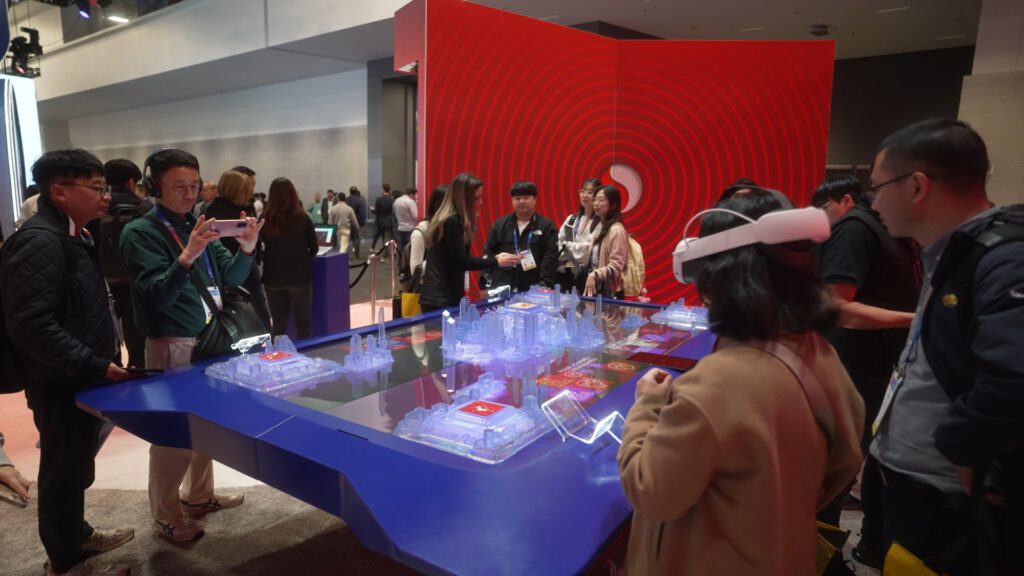This year’s Consumer Electronics Show (CES) served as an event of clarification. AI dominated discussions across all sectors, appearing prominently throughout the show floors at the Las Vegas Convention Center. Extended Reality (XR) had its own dedicated hall, heavily promoting augmented reality (AR) and smart glasses as emerging trends in wearable consumer technology. CES made it clear that the all-encompassing presence of AI signals a broad transformation across industries. The show also clarified XR ambitions by highlighting the segmentation process between emerging AR, established virtual reality (VR), and intermediate mixed reality (MR) product strategies.


However, the widespread enthusiasm for AI lacked concrete direction. The topic was addressed in such broad strokes that actionable insights and implementation guidance were scarce. Even typically insightful analytical side events, such as Digital Hollywood and Variety panels, struggled to capture the phenomenon. Instead, they resorted to sweeping statements like “AI is the new electricity,” a sentiment echoed throughout the event without offering a clear roadmap for practical application.


In contrast, trends in XR were far more tangible. Smart glasses and AR devices had a strong presence in the XR-themed areas of the show floor. With new models from XReal, promising market entries from major companies like TCL, and a broad range of customization options for individualized comfort, XR is shifting its focus toward wearability and accessibility. This shift comes with trade-offs in technology, as some smart glasses are opting to prioritize audio features over heavy display technology.


Unlike smart glasses, display technology remains a cornerstone of VR and MR headsets. CES showcased several notable product launches in this category, including Shiftall’s MeganeX 8K, Pimax Crystal Super, and Play For Dream, an apparent successor to Apple Vision Pro. However, the highly anticipated Project Moohan, Samsung’s Android XR initiative, was conspicuously absent. These headsets primarily target enthusiasts, continuing the trend from previous CES events by advancing optical stacks, reducing form factors, and lowering costs for niche audiences and prosumers. Sony also showcased a professional MR design system, originally developed with Siemens for the industrial metaverse, now repurposed for virtual film production under the brand name XYN.


VR remains strong in gaming and simulation, catering to a dedicated hardcore audience. Meanwhile, the rise of smart glasses and wearable AR products offers easier access to a broader audience by prioritizing usability over advanced functionality. Standalone headsets, once considered the leading candidates for XR mass adoption, now find themselves caught between two extremes—simple, wearable AR devices and complex professional or enthusiast-grade VR solutions. Despite leveraging mobile familiarity, these standalone headsets risk being too cumbersome for widespread adoption while failing to deliver truly compelling experiences.


CES 2025 provided an early glimpse of a nascent mainstream market for XR while delineating three distinct product and application segments within extended realities. Yet, this clear vision is overshadowed by the turbulent and ambiguous evolution of AI. It remains to be seen how these two areas will intersect in the near future for a more refined and practical integration of artificial intelligence within intelligently extended realities – in next year’s ‘Consumer Electricity Show’.
All images by CES 2025

